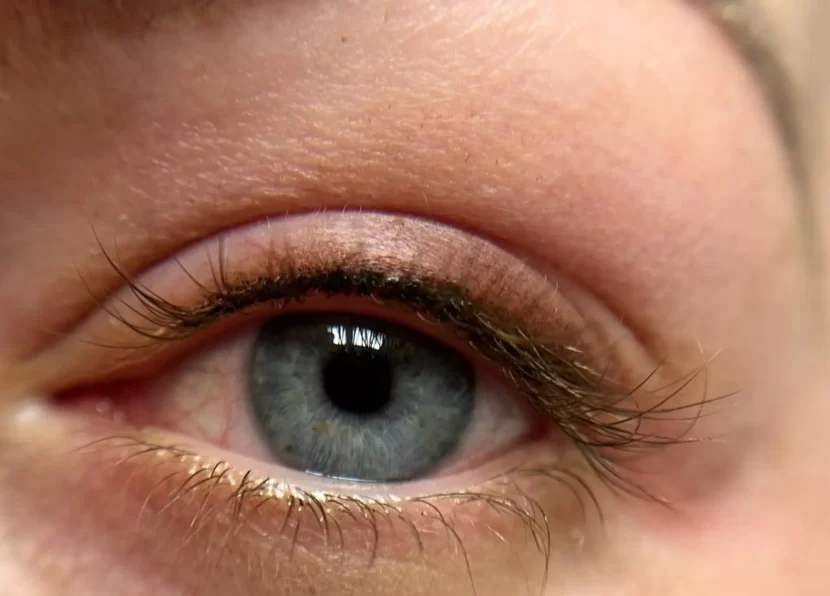A natural eyeliner tattoo is a great semi-permanent solution for a subtle defined look. But not everyone is a good candidate for this. If you’re considering a natural eyeliner tattoo it’s important to check if you meet the health and skin conditions to ensure a safe and successful outcome. This cosmetic tattooing process involves applying pigment to the lash line and requires an experienced practitioner for best results. A skilled cosmetic tattoo artist can give you more information on if this is suitable for you. Here are some reasons you may not be eligible for this.
1. Pregnant or Breastfeeding Women
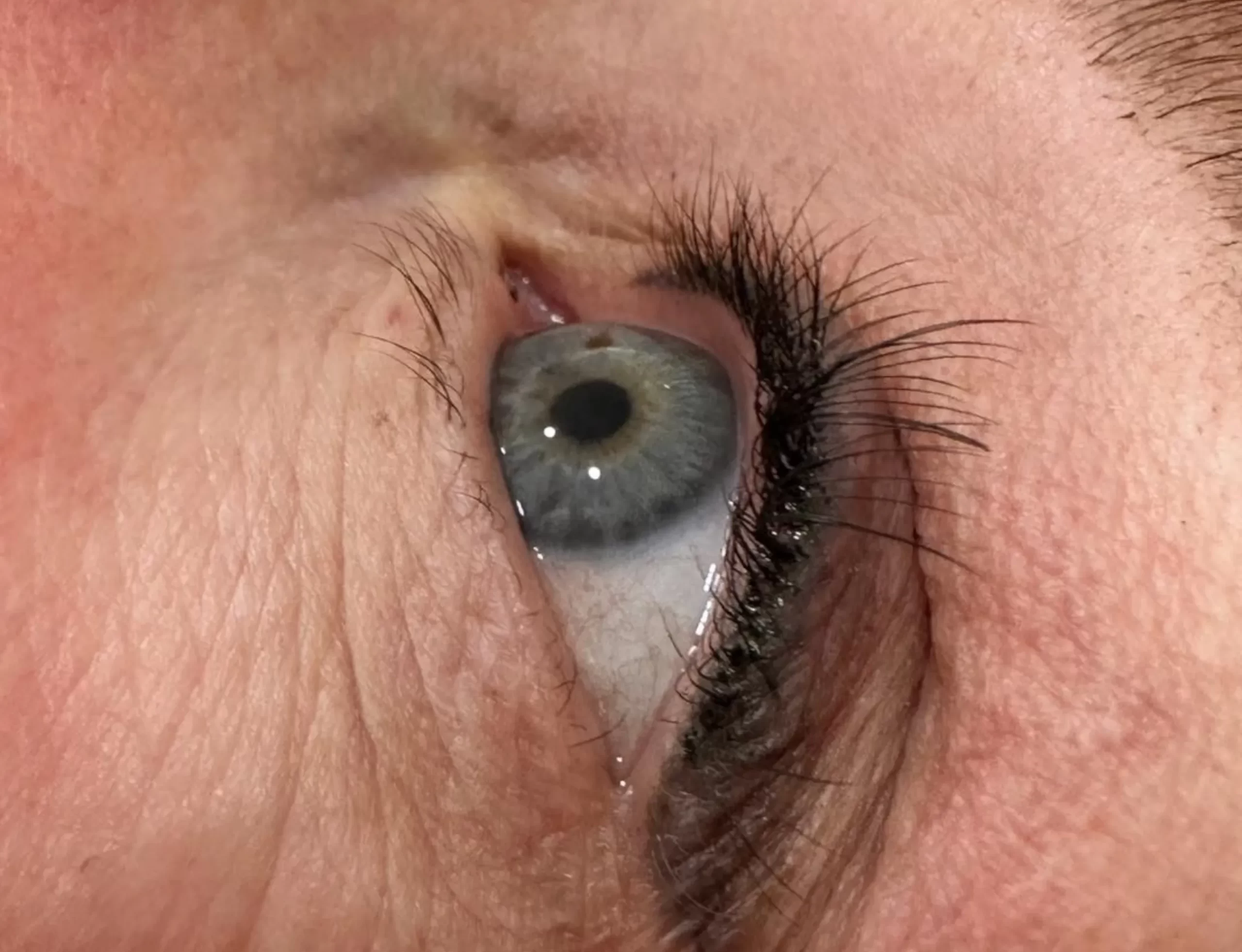
Hormonal changes during pregnancy and breastfeeding can affect the healing process and increase the risk of complications. There is also no research on the effects of tattoo pigments on the baby so it’s best to wait until after pregnancy and nursing.
2. Individuals with Certain Eye Conditions
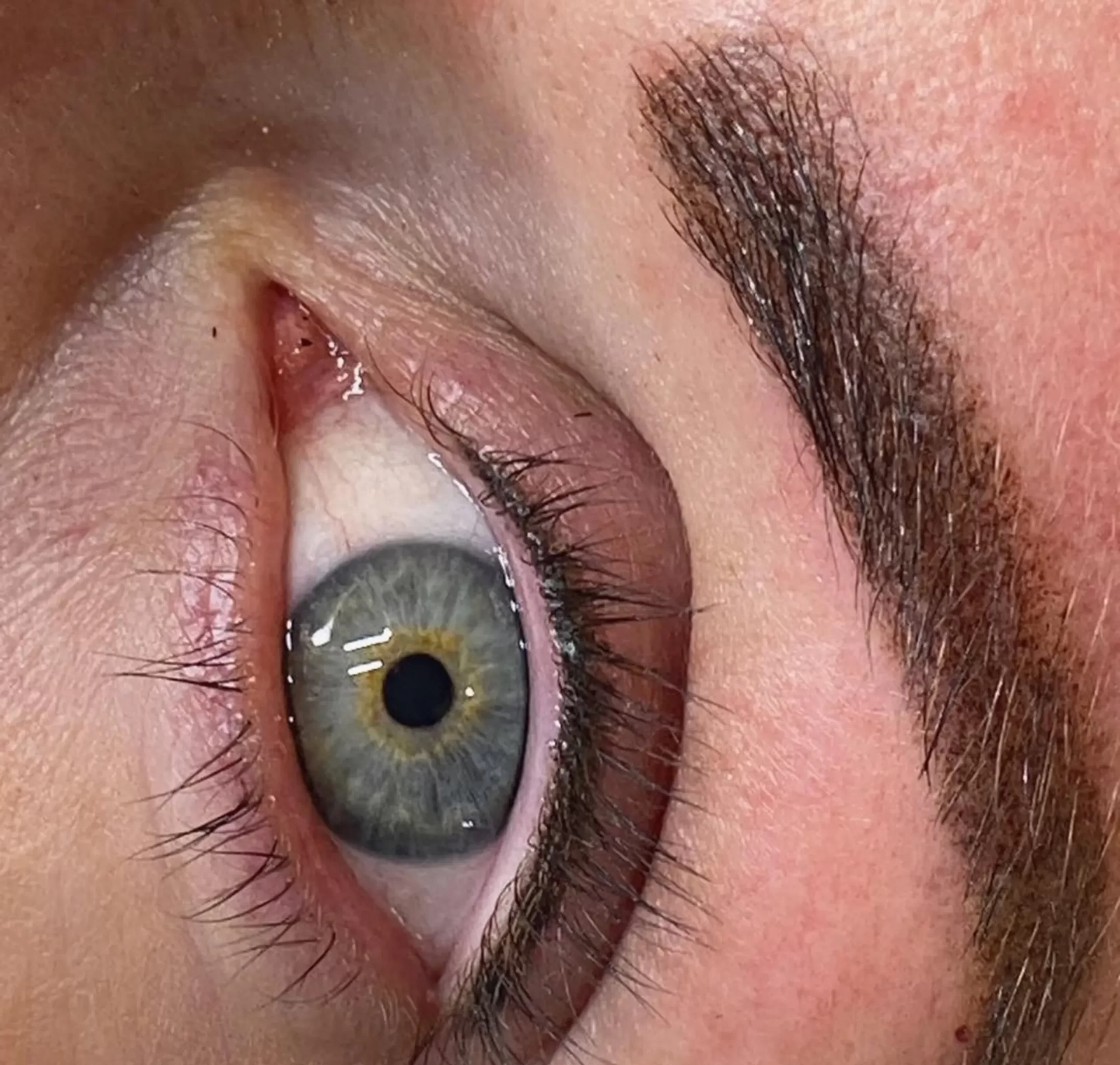
Anyone with ongoing eye issues should avoid an eyeliner tattoo. Conditions that may be a risk include:
- Dry Eye: The process may exacerbate dryness and irritation.
- Glaucoma: Increased pressure from the process could cause complications.
- Conjunctivitis (Pink Eye): Active infections need to be fully cleared up before getting the procedure.
- Blepharitis: Inflammation of the eyelids can impede healing and pigment retention.
- Lash Extensions: You should remove your lash extensions before getting eyeliner tattooed to avoid complications.
- Lash Enhancement Treatments: If you’ve had a lash enhancement treatment recently it’s best to wait before getting a natural eyeliner tattoo to avoid irritation and get the best results.
3. Those with Keloid Scarring
If you have a history of keloid or hypertrophic scarring your skin may react poorly to the tattooing process and form excessive scar tissue and uneven results.
4. On Blood Thinning Medication
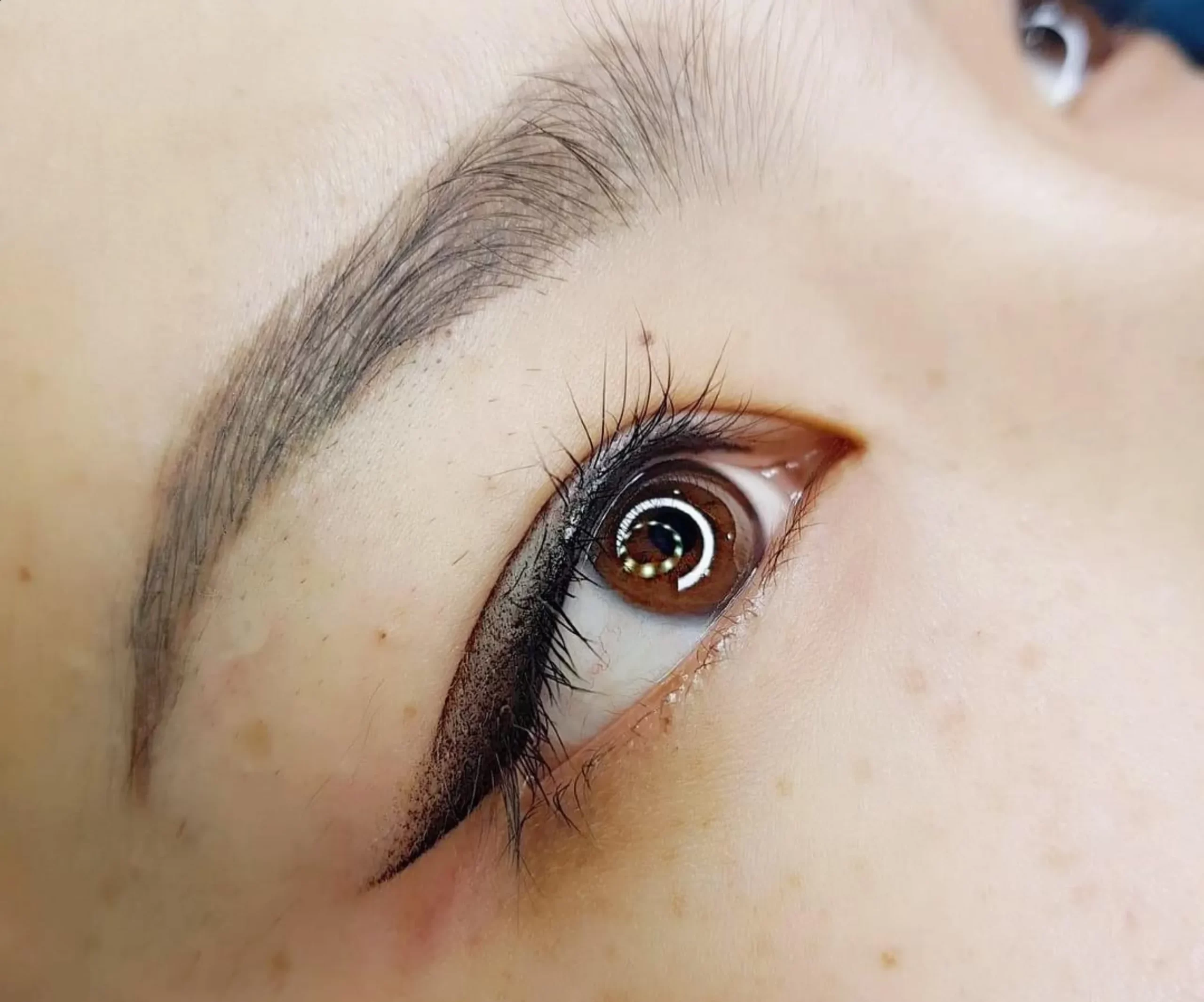
If you’re on aspirin, warfarin or certain supplements (like fish oil or vitamin E) it can cause excessive bleeding and hinder pigment absorption. Please consult a doctor before discontinuing any medication.
5. People with Certain Skin Conditions
Skin conditions around the eye area can affect the outcome and healing of an eyeliner tattoo. Don’t get an eyeliner tattoo if you have:
- Eczema, Psoriasis, or Dermatitis: If it’s on or around your eyelids, it will cause irritation and won’t heal properly.
- Active Herpes Simplex Virus (Cold Sores): Although it’s common on the lips, it can spread to the eyes and complicate healing.
- Oily Skin or Delicate Skin: These skin types will affect pigment retention and healing.
6. Has Had Recent Eye Surgery or Cosmetic Procedures
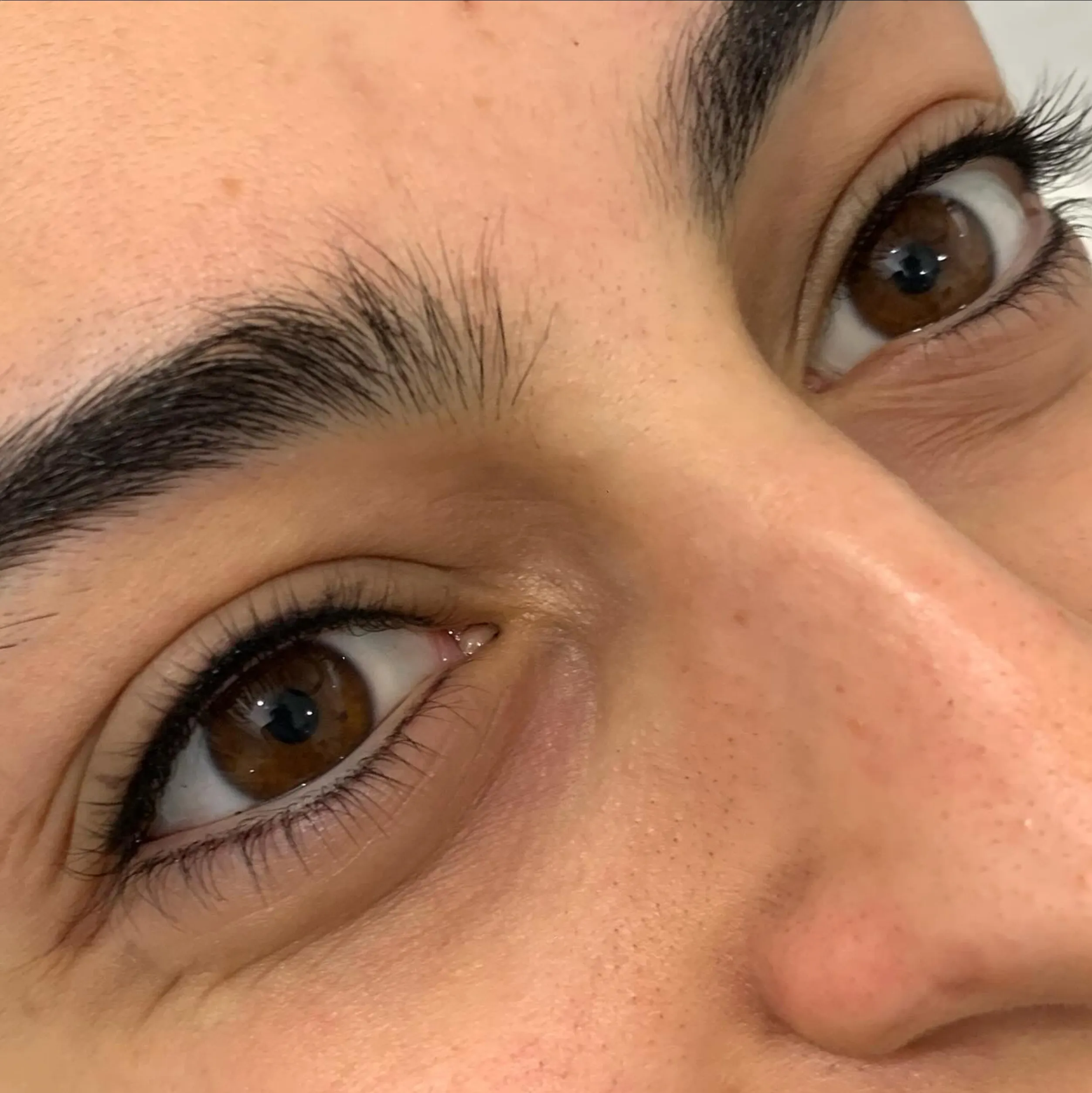
If you’ve had recent eye surgeries like LASIK, cataract surgery or blepharoplasty (eyelid surgery) wait at least 6 months before getting an eyeliner tattoo. This allows complete healing and reduces the risk of irritation or complications.
7. Those with Allergies to Pigments or Numbing Agents
Some people are allergic to tattoo pigments or the numbing cream used during the procedure. A patch test is recommended if you’ve had allergic reactions to cosmetic products or tattoo ink.
8. Immunocompromised Individuals
People with compromised immune systems like those undergoing chemotherapy, living with autoimmune diseases or taking immunosuppressive drugs will have poor healing and increased risk of infection. Consult a doctor first.
9. Anyone with Unrealistic Expectations
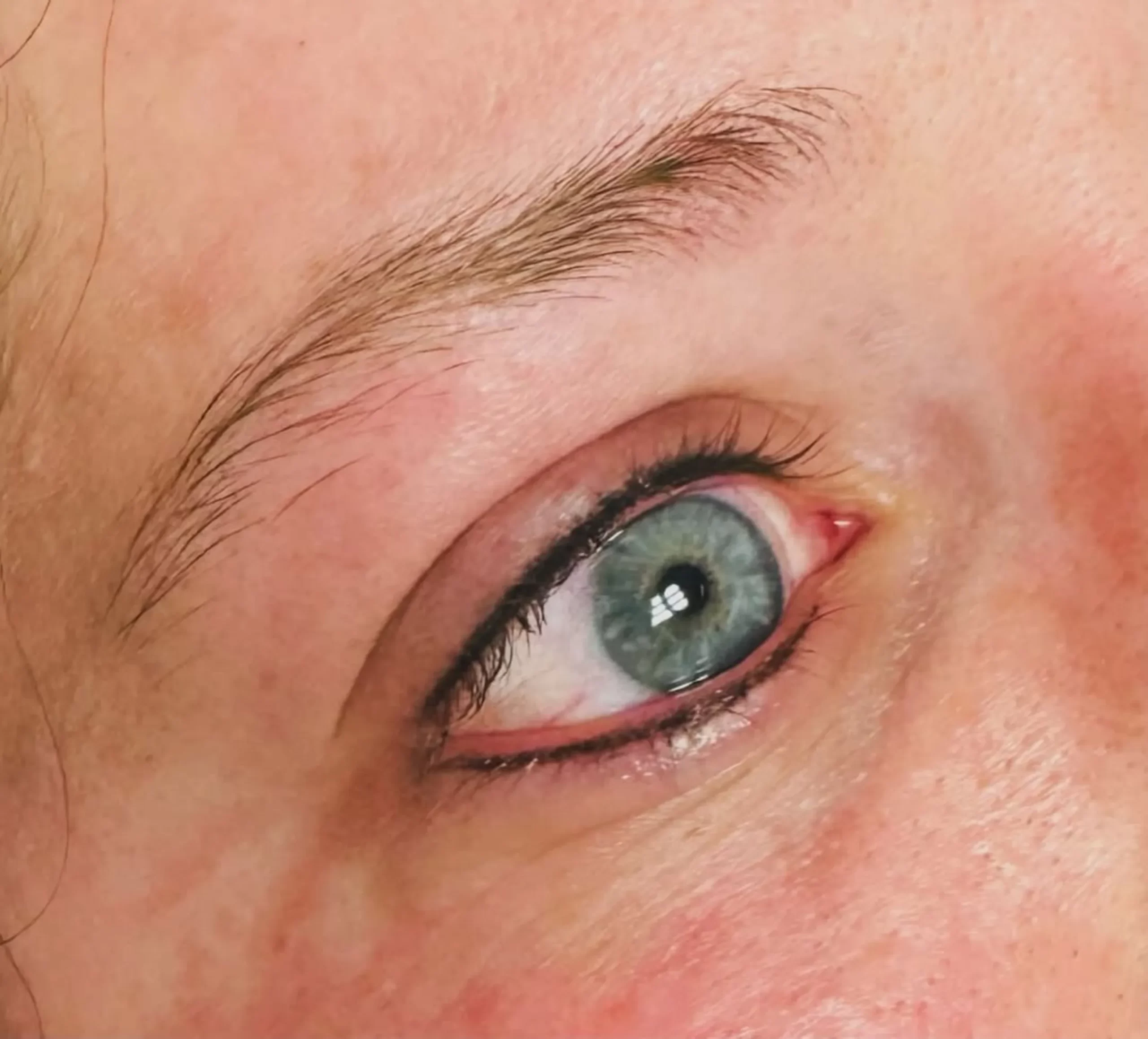
A natural eyeliner tattoo enhances the lash line with a soft, natural look. If someone expects dramatic or bold eyeliner styles that this technique can’t deliver, they’ll be disappointed. If you want a classic eyeliner or winged liner, discuss your eyeliner design with a skilled artist during a depth consultation.
Final Thoughts
While a natural eyeliner tattoo can be a lovely and easy enhancement, you must first assess if you’re a suitable candidate for the procedure. Always consult with a qualified cosmetic tattoo artist and if necessary a medical professional before you get treated to ensure safety and best results. People with skin sensitivities, health concerns or medical conditions should consult with a healthcare provider before making a decision. Proper assessment of facial structure, eye shape and natural features will help achieve the desired natural looking results. If you’re looking to get an eyelash enhancement tattoo along with your eyeliner, discuss with your practitioner to get a cohesive look.
FAQ
How long does a natural eyeliner tattoo last?
A natural eyeliner tattoo lasts 1-3 years depending on skin type, lifestyle and aftercare. Touch ups can help maintain the color and shape.
Does the eyeliner tattoo hurt?
Most clients feel minimal discomfort as a numbing cream is applied before and during the procedure. Pain tolerance varies from person to person but many describe it as a light scratching.
How do I prepare for my eyeliner tattoo appointment?
Avoid blood thinners like aspirin, fish oil and alcohol for at least 24 hours before the appointment. Remove eyelash enhancement tattoo extensions and don’t wear eye makeup on the day of the procedure.
What is the healing process like?
The healing process takes 7-10 days. Initially the eyeliner may appear darker but will soften as the skin heals. Avoid rubbing your eyes, swimming and excessive sun exposure during this period.
Can I wear makeup after getting an eyeliner tattoo?
You should not wear eye makeup for at least a week after the procedure to prevent irritation and reduce the risk of infection. Once healed you can wear makeup as usual.
